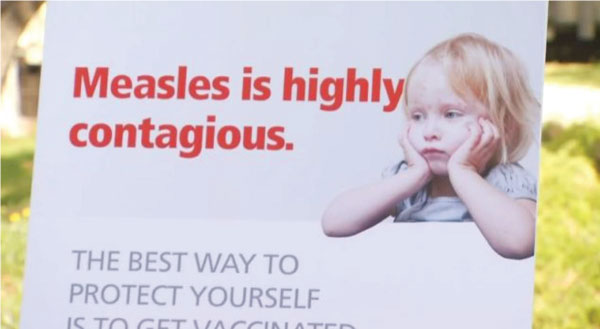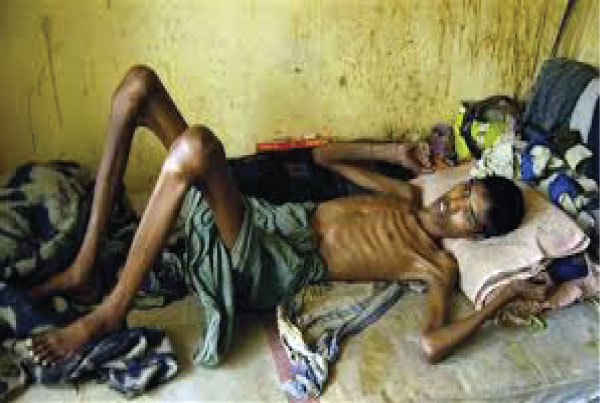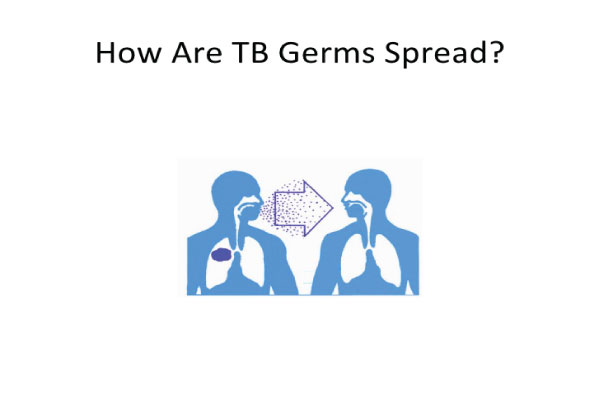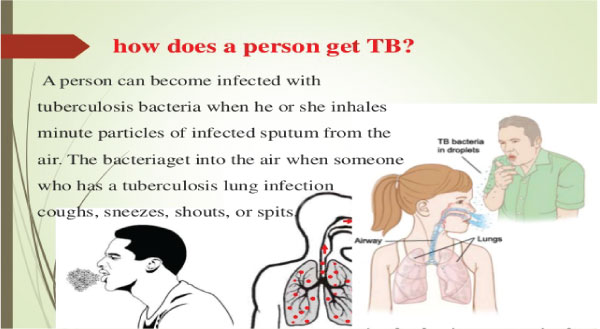Immunicable diseases by
Jane James
6
What is immunizable diseases?
Immunizable comes from the Word immunization.
Immunization is the process of introducing weaken or killed germs into ones body, which increases body immunity to protect one from a particular disease.Therefore ,immunizable diseases are;those diseases which can be immunized.
List of immunizable diseases
The 7 immunizable diseases are:
- Tuberculosis
- Diptheria
- Pertussis
- Measles
- Poliomyelitis.
- Tetanus
- Hepatitis B
- Tuberculosis
Tuberculosis
What causes tuberculosis?
Tuberculosis (TB) is caused by bacteria (Mycobacterium tuberculosis)
That bacteria most often affect the lungs.
Have you ever seen a person sick from tuberculosis?
A PERSON HAVING T.B
Learn more about tuberculosis below.
Tuberculosis germs can passed to air during:
6
- Coughing.
- sneezing
- laughing
- singing.
- talking.
- Kissing.
- whispering
What is the person doing?
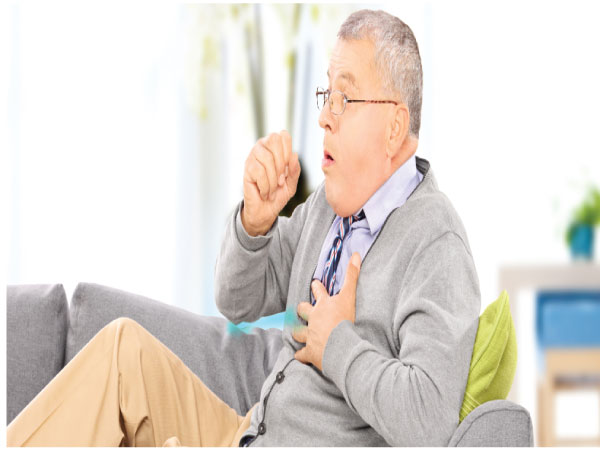
Coughing
What is the person doing?

Sneezing
What is the person doing?

laughing
Do you know him?
What is the person doing?

Singing
What are they doing?
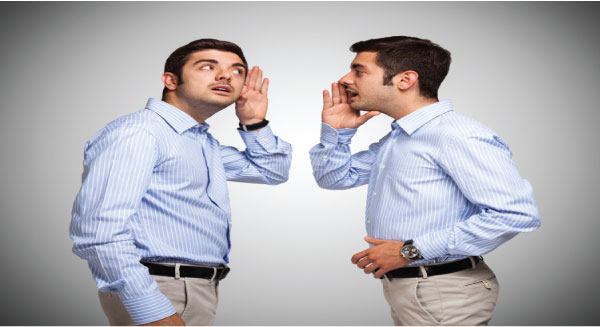
Whispering
What is the person doing?

Talking
How are TB germs not spread?
- Through quick,casual contact,like passing someone on the street
- By shaking hands
Common symptoms of TB diseases
- Cough 2-3 weeks or more
- Coughing up blood
- Chest pains
- Fever
- Night sweats
- Feeling week and tired
- Losing weight without trying
- Decreased or no appetite
If you have TB outside the lungs you may have other symptoms.
Symptoms of TB
- Productive prolonged cough
- Chest pain
- Fever and chills
- Night sweats
- Fatigue
- Loss of appetite
- Weight loss
Commonly seen in cases of pulmonary TB
Immunizable diseases.
Lesson 2
Tetanus
What is tetanus?
It is an acute disease that results from contamination of wound by the spores,punctures,lacerated and contused wound provide the better germination ground for the anaerobic organism to produce the toxin,than compared to cleanp-cut open wound.
What are the causes of tetanus?
•Tetanus is an infection caused by bacteria called Clostridiumtetanus.
•Tetanus bacteria are everywhere in the environment.
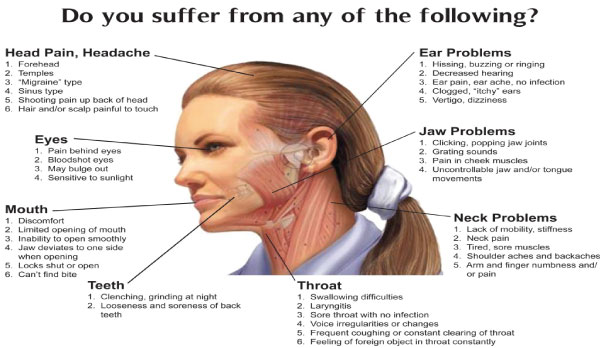
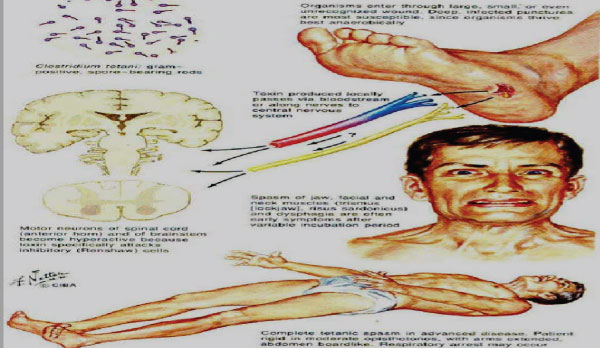
Tetanus germs can be present in:
- Manure from cows
- Soil
- Dust
What are the signs of tetanus?
You should suspect tetanus if a cut or wound is followed by one or more of these symptoms:
- Stiffness of the neck, jaw, and other muscles, often accompanied by a grotesque, grinning expression.
- Difficulty swallowing.
- Irritability.
- Uncontrollable spasms of the jaw, called lockjaw, and neck muscle
Common ways in which the bacteria's enter your body are:
- Injuries from contaminated nails.

- Bacteria entering through broken skin.
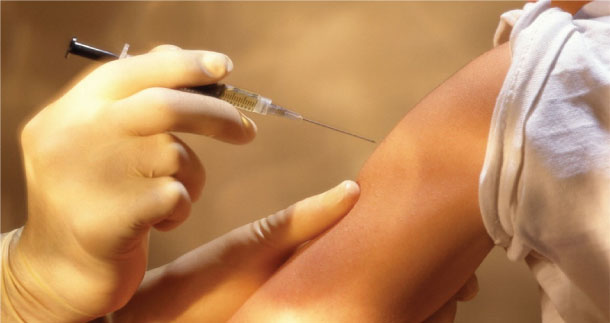
- Wound caused by accidents
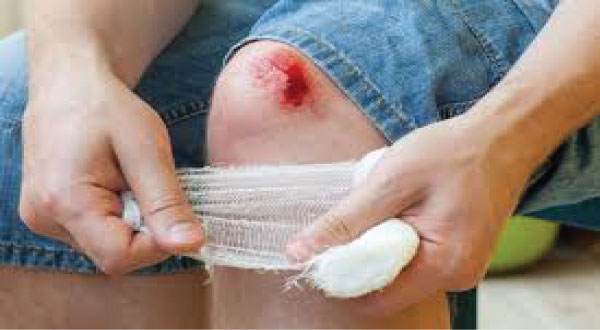
Signs and symptoms of tetanus are;
- Headache
- Jaw cramping
- Sudden, involuntary muscle tightening – often in the stomach (muscle spasms)
- Painful muscle stiffness all over the body
- Trouble swallowing
- Jerking or staring (seizures)
- Fever and sweating
- High blood pressure and fast heart rate
1.List five symptoms of tetanus.
2.Name three causes of tetanus
3.How can one prevent himself or herself from tetanus?
___ and____.
Answers to the questions.
1.Signs and symptoms of tetanus.
- head ache.
- jaw cramping.
- muscle tightening.
- Muscles stiffness.
- fever and sweating.
2.What causes of tetanus are.
- Injuries from contaminated objects.
- Wounds caused by accidents.
3 To prevent tetanus one need to be immuzed and avoid injuries to skin.
6
Measles
What causes measles?
- The cause of measles is a virus that replicates in the nose and throat of an infected child or adult.
- When someone with measles coughs, sneezes or talks, infected droplets spray into the air, where other people can inhale them.
- The infected droplets may also land on a surface, where they remain active and contagious for several hours.
- You can contract the virus by putting your fingers in your mouth or nose or rubbing your eyes after touching the infected surface.
What are the signs and symptoms of measles?
Signs and symptoms of measles typically include:
Measles signs and symptoms appear 10 to 14 days after exposure to the virus.
- Fever
- Dry cough
- Runny nose
- Sore throat
- Inflamed eyes (conjunctivitis)
- Tiny white spots with bluish-white centers on a red background found inside the mouth on the inner lining of the cheek — also called Kalpak's spots
- A skin rash made up of large, flat blotches that often flow into one another
A boy sneezing.
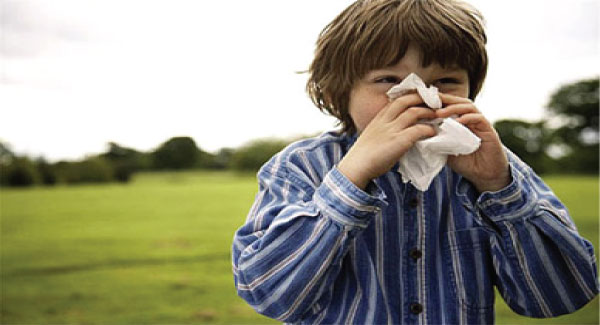
Sore throat
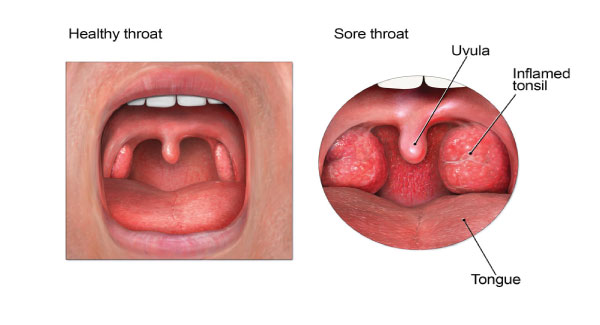
Dry cough
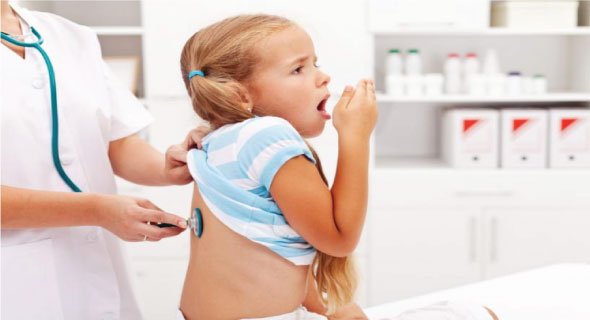
What is a boy having?
Runny nose
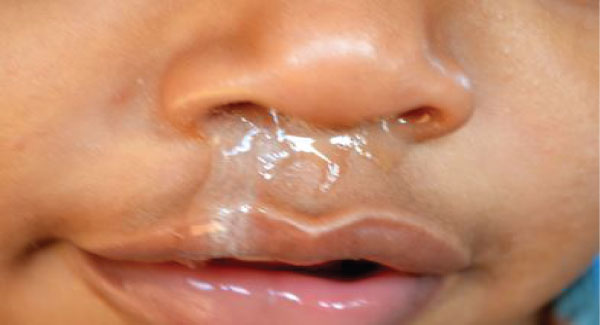
Inflamed eyes.
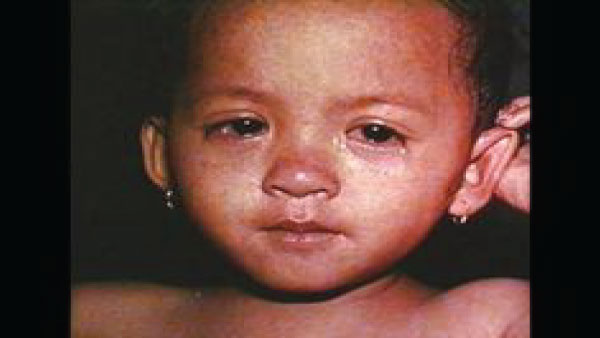
Rashes with bluish-white centre.
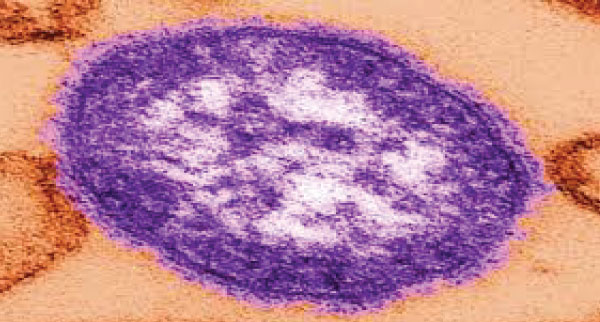
Large,flat blotches rash flowing to another
rashes
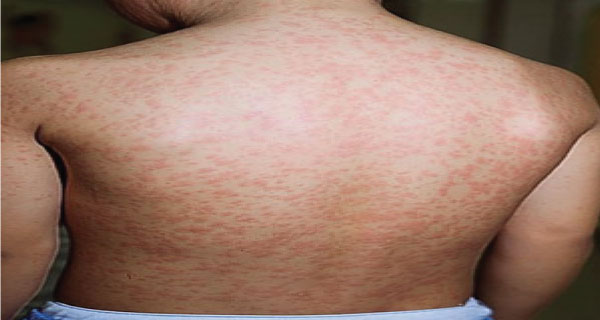
What is on the face?

Rashes on a black face
What is the doctor doing?
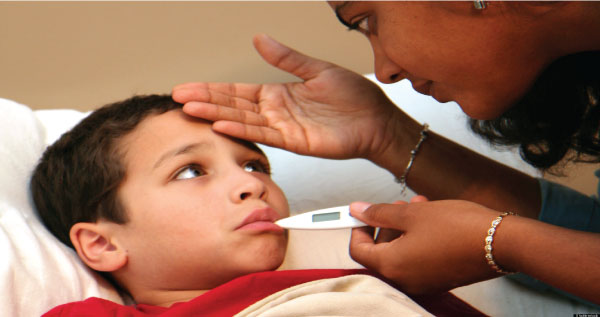
More about measles.
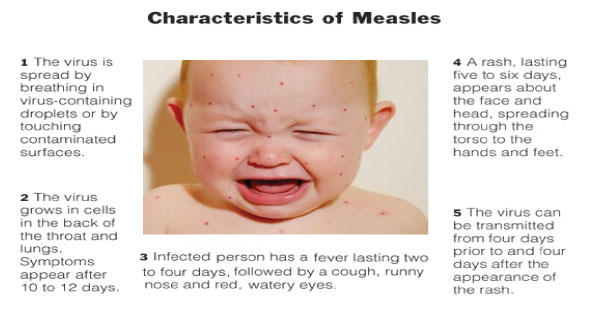
Warning about measles!
